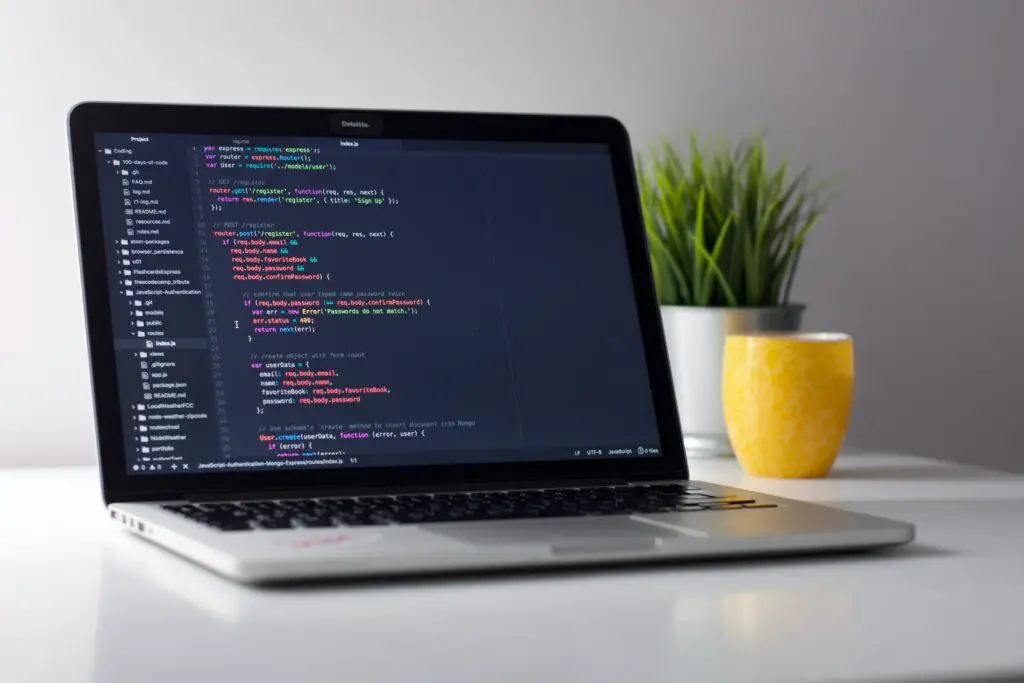Mastering Time:
A Guide to Setting and Changing Timezones in Ubuntu 20.04
In the intricate dance of the digital realm, time is both a master and a servant, orchestrating the rhythm of our virtual existence. Navigating the time zones within an operating system like Ubuntu 20.04 requires a delicate touch, a nuanced understanding of the intricate gears that govern our machines. Join us on this journey as we unravel the mysteries of setting and changing timezones in Ubuntu 20.04, empowering you to synchronize your system with the global cadence.

Unveiling the Tapestry:
Understanding Timezones in Ubuntu 20.04
Embarking on our quest, let us first decipher the tapestry of timezones that Ubuntu 20.04 weaves. In the symphony of seconds and minutes, the system relies on the Coordinated Universal Time (UTC) as its internal clockwork. However, the user interface and the external world often prefer a more human-friendly rendition, and this is where timezones come into play.
Ubuntu 20.04, being a sophisticated maestro, maintains a comprehensive database of timezones, each corresponding to a specific geographical region. These timezones not only encapsulate the notion of hours and minutes but also embrace the dynamic dance of daylight saving time, adjusting the hands of the clock accordingly.
To unravel this tapestry, one needs to venture into the labyrinthine directory /usr/share/zoneinfo, where the myriad of timezones resides. This directory mirrors the geography of our planet, with subdirectories dedicated to continents, countries, and regions. Selecting the appropriate timezone involves navigating this elaborate cartography, pinpointing the temporal epicenter that resonates with your digital presence.
Orchestrating the Symphony:
Setting the Timezone in Ubuntu 20.04
With the conceptual groundwork laid, let us delve into the practical symphony of setting the timezone in Ubuntu 20.04. The maestro, in this case, is the timedatectl command, a wielder of temporal influence. The user, as the conductor, can effortlessly guide the system to the desired temporal harmony.
Executing the command timedatectl list-timezones unfurls the grand repertoire of available timezones, inviting users to choose the symphony that resonates with their locale. Once the preferred timezone is identified, the magic wand of timedatectl set-timezone comes into play, gracefully orchestrating the transition.
As the digital orchestra gracefully shifts its temporal tune, the impact cascades through the system, from the humble clock in the corner of the desktop to the intricate logs that chronicle the digital footprints of every process. The user, now a temporal virtuoso, witnesses the seamless integration of their Ubuntu 20.04 machine with the chosen timezone, harmonizing with the global chorus.
Rhythmic Flux:
Adapting to Daylight Saving Time
In the ceaseless ebb and flow of temporal currents, daylight saving time emerges as a temporal tango, a dance of shadows that adds a dynamic layer to our temporal narrative. Ubuntu 20.04, ever the astute dancer, accommodates this rhythmic flux with finesse.
Users seeking to align their Ubuntu 20.04 machine with daylight saving time fluctuations can rely on the timedatectl command once again. By toggling the set-local-rtc parameter, users can seamlessly synchronize their system with the oscillating beat of daylight saving time, ensuring that the digital clock reflects the nuanced choreography of temporal shifts.
Navigating this dance of time requires a delicate balance, and Ubuntu 20.04, with its elegant timedatectl tool, allows users to embrace the rhythmic flux of daylight saving time with grace and precision.
Beyond the Horizon:
Network Time Protocol (NTP)
As we extend our gaze beyond the horizon, the question of maintaining temporal precision arises. Ubuntu 20.04, ever cognizant of the importance of accurate timekeeping, beckons users to harness the power of the Network Time Protocol (NTP). This celestial beacon ensures that the system’s clock remains in synchrony with the atomic heartbeat of global timekeeping.
Configuring NTP in Ubuntu 20.04 involves engaging with the timedatectl command once again, this time invoking the set-ntp parameter. Enabling NTP catapults the system into a cosmic ballet, where it periodically synchronizes with remote time servers, ensuring that the temporal heartbeat of the machine remains in perfect harmony with the digital cosmos.
In this celestial partnership, Ubuntu 20.04 users become temporal navigators, steering their digital vessels through the cosmic sea of time with precision and finesse.
Epiphany of the Clock:
Verifying Temporal Integrity
As our temporal journey unfolds, a moment of epiphany beckons—the verification of temporal integrity. Ubuntu 20.04, ever transparent in its temporal dealings, provides users with the timedatectl status command, a looking glass into the temporal soul of the machine.
Executing this command unfurls a tapestry of temporal details, from the current timezone and daylight saving time status to the synchronized status of the network time protocol. The user, armed with this temporal divining rod, can peer into the intricate workings of their Ubuntu 20.04 machine, ensuring that the temporal fabric remains steadfast and true.
In this moment of epiphany, users bask in the assurance that their Ubuntu 20.04 system stands as a temporal sentinel, vigilant in its commitment to temporal accuracy.
Embark on this odyssey through time in Ubuntu 20.04, where each command and configuration is a brushstroke in the canvas of temporal mastery. As you navigate the labyrinth of timezones, orchestrate the symphony of setting and adapt to the rhythmic flux, Ubuntu 20.04 unfolds as a timeless masterpiece, resonating with the heartbeat of a digital epoch.
